At the first socio -economic meeting of Ho Chi Minh City after the merger in early July, Chairman of the Ho Chi Minh City People's Committee, Mr. Nguyen Van Duoc, proposed the idea of establishing Saigon Group. Together with Becamex, Ho Chi Minh City will have at least two large economic groups, combining their inherent strengths to form strong groups similar to the chaebols of Korea.
Is that idea feasible and easy to implement in Ho Chi Minh City - a megacity that accounts for about a quarter of the country's GDP?
Optimizing resources
It is estimated that state-owned enterprises (SOEs) in Vietnam hold nearly VND4 trillion in assets, own 20.5% of capital and 23.9% of pre-tax profits of the business sector, and pay nearly VND366 trillion to the state budget. The contribution of SOEs to GDP is about 29%.
Citing the above figures from domestic reports, Dr. Nguyen Tuan Anh, Lecturer of Finance, RMIT University Vietnam, said that the advantages of establishing a State economic group include: the ability to optimize financial resources through economic scale, strengthen the role of the State in strategic industries and promote infrastructure investment.
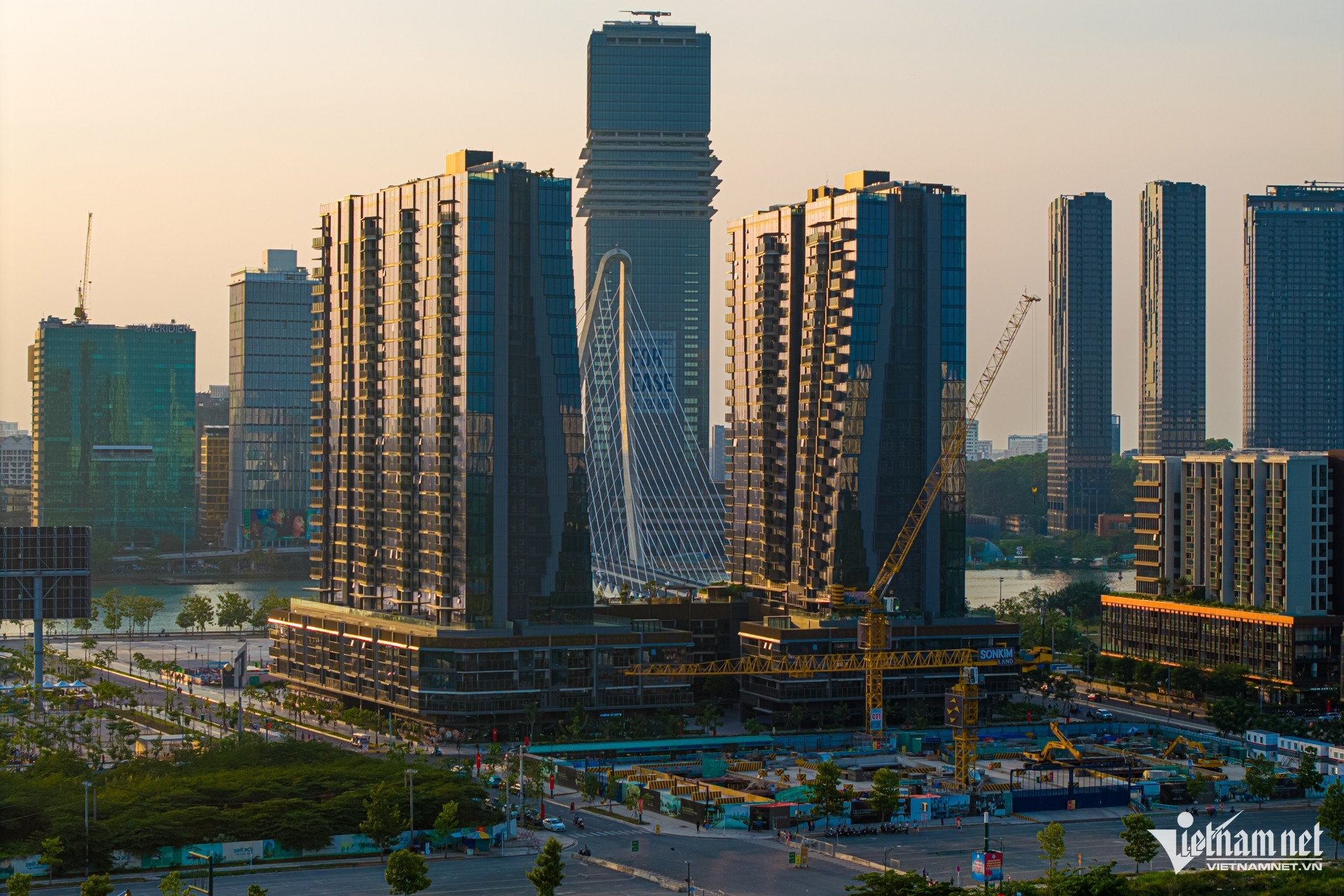
Currently, Ho Chi Minh City has 46 SOEs, including 22 public service companies. The concentration of SOEs in the city helps allocate capital effectively, increase profits and budget revenues, and lead the market through financial standards and innovation.
Mr. Tuan Anh cited the example of Temasek Holdings (Singapore) - a successful model in the world, established in 1974 and managing a portfolio of 324 billion USD (2025). With a credit rating of AAA/Aaa, Temasek Holdings invests in many industries such as finance, technology and agriculture . This is an agency of the Singapore Government, but operates as an independent commercial investment company, contributing greatly to the economic development of the "lion island".
Similarly, Khazanah Nasional Investment Fund (Malaysia) was established in 1993, specializing in domestic and foreign investments, focusing on tourism, banking and sustainable development. In addition, Chinese state-owned corporations such as Sinopec and CNPC lead the global oil and gas industry thanks to their large scale and clear strategy.
According to the International Monetary Fund (IMF), the success of these models comes from transparent governance, clear strategic objectives and global competitiveness. However, controversy over the efficiency and governance of the state-owned enterprise model still exists.
Difficult to compare with the model of chaebols in Korea
Establishing Saigon Group is a good idea, but the Ho Chi Minh City government must carefully consider the management team and the fields of participation. “Be careful in choosing people and professions,” Dr. Tu Minh Thien, Vice Principal of Hoa Sen University, noted.
He said that in the past, many corporations and general companies were established under Decision 90 and 91, mainly through mechanical combinations, leading to failure. In the current context, the State should only participate in areas that the private sector cannot or does not want to do due to low efficiency, but that society needs.
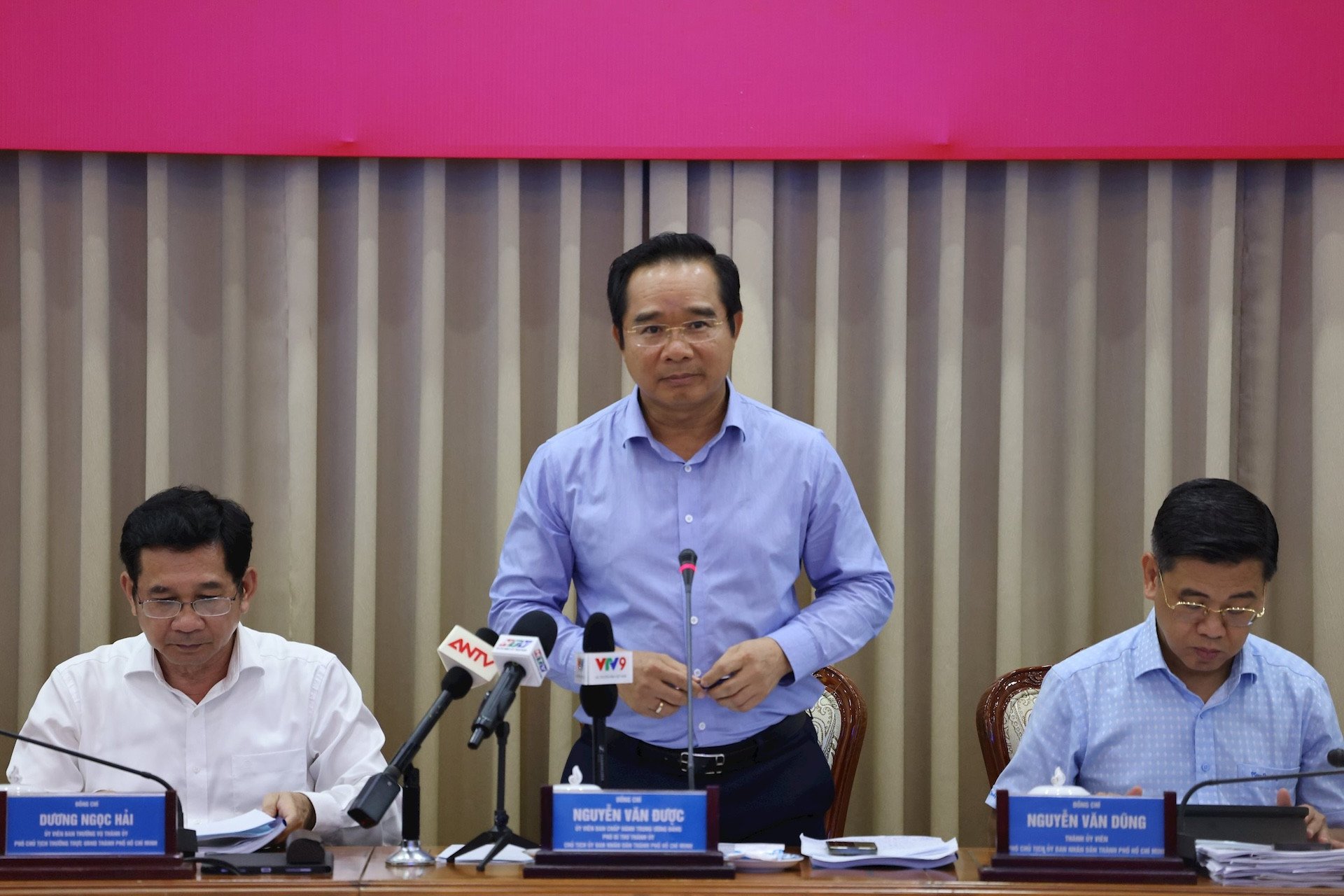
“If the private sector can do it, then let the private sector do it, that is in line with the spirit of Resolution 68 on private economic development. Because the resolution’s goal is that by 2030, the private economy will be the most important driving force of the national economy,” Mr. Thien told VietNamNet.
For example, he said, State-owned economic groups could enter “difficult” sectors such as high technology or semiconductor chip manufacturing. If successful, this model would boost private confidence and lead the market.
However, Mr. Thien also said that it is difficult to compare the idea of establishing Saigon Group with the model of chaebols in Korea. Because chaebols are private companies that have grown into powerful corporations thanks to the Korean Government's own policies to orient the industry and support its development to the end.
Associate Professor Vo Dai Luoc, former Director of the Institute of World Economics and Politics, commented: "Restructuring local state-owned enterprises is a good idea, but after establishment, if that economic group becomes a monopoly, it is dangerous."
In addition, Dr. Nguyen Tuan Anh assessed that the proposal to establish a State Economic Group in Ho Chi Minh City also has potential risks. This expert noted that in the 1980s, Ho Chi Minh City had the idea of an urban construction corporation but it was not feasible and had to stop.
Financial risks include: the burden of weak SOEs; high restructuring costs; the risk of bureaucracy increasing operating costs. Many lessons from previous failures of SOEs show the risks of weak governance and ineffective coordination.
“However, the proposal to establish Saigon Group is feasible if implemented properly, with the condition of professional financial management and determination to reform. A clear and transparent financial roadmap and a strict monitoring mechanism are needed to minimize corruption risks and optimize capital efficiency,” the RMIT University lecturer analyzed.
Source: https://vietnamnet.vn/chu-tich-tphcm-muon-lap-tap-doan-sai-gon-y-tuong-tot-nhung-nhieu-thach-thuc-2421384.html



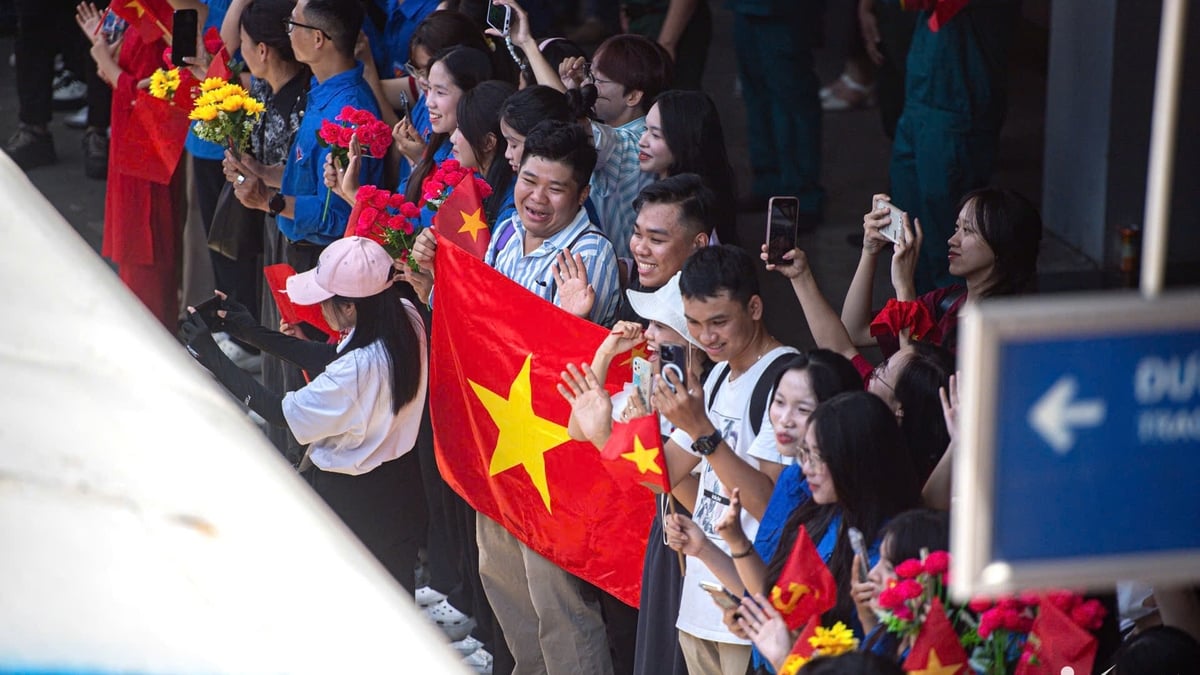

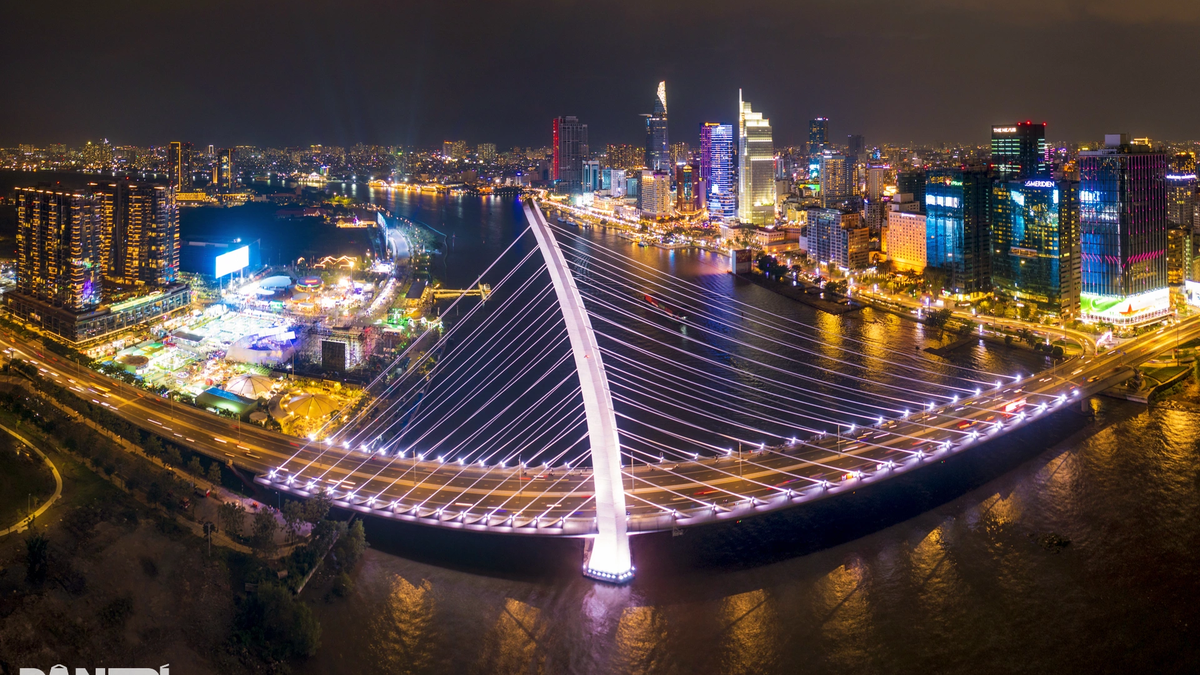








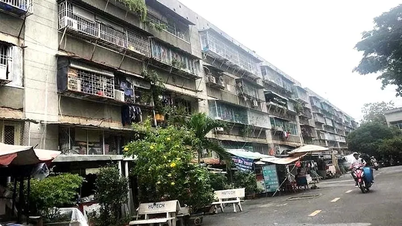


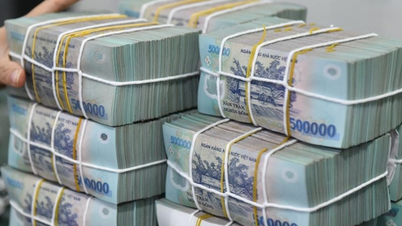



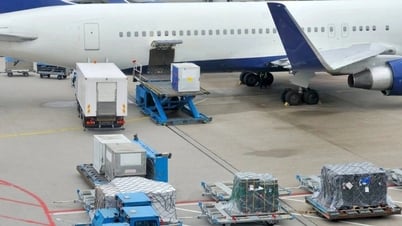



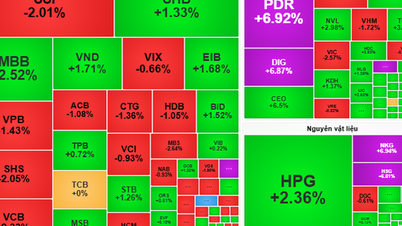






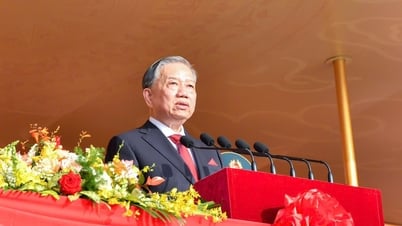





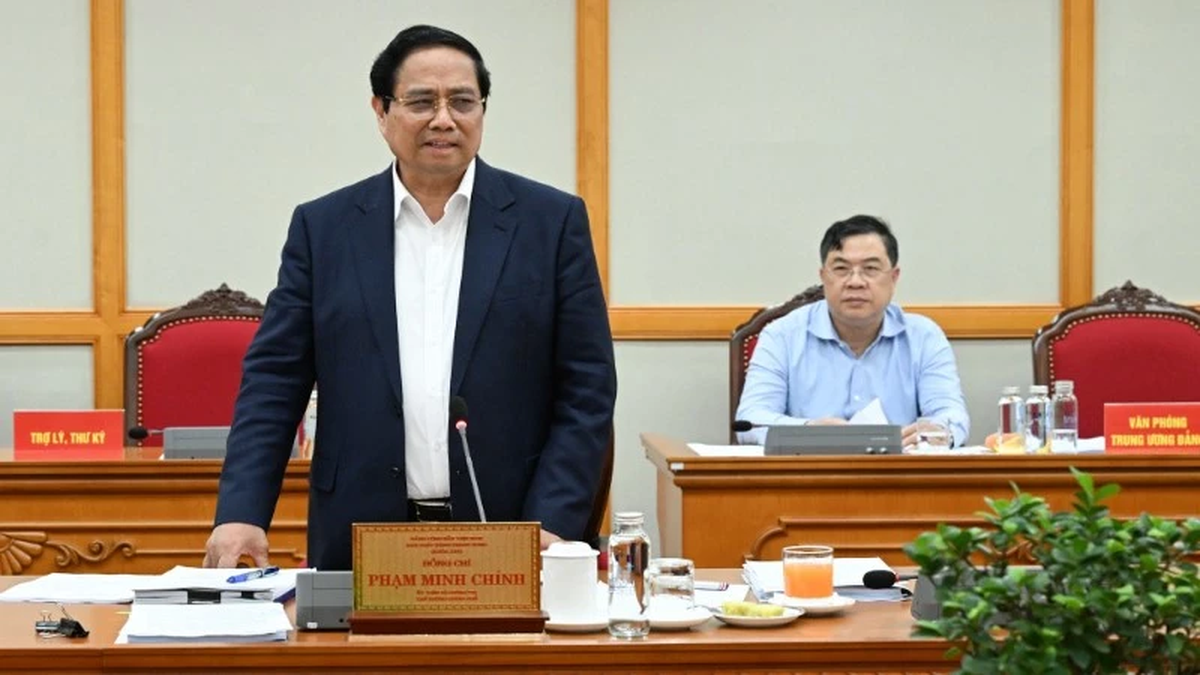


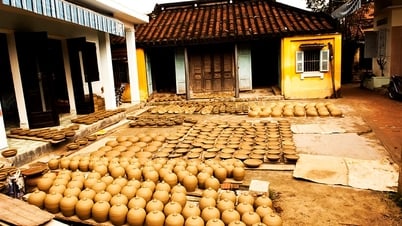





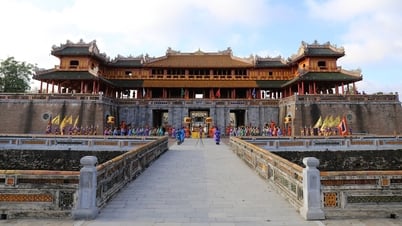

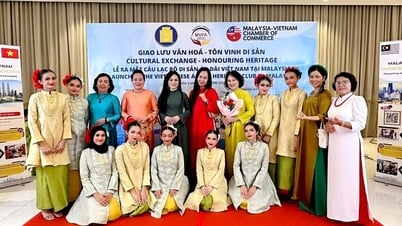






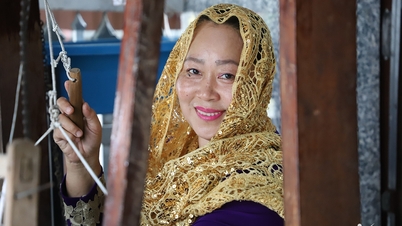
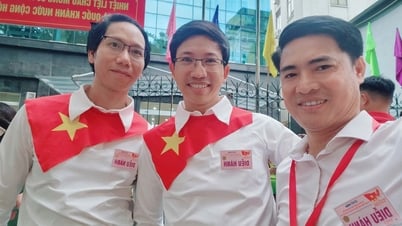


![[VIDEO] Propaganda and promotion of the use of E10 RON95 gasoline products in Quang Ngai | QNgTV](https://vphoto.vietnam.vn/thumb/402x226/vietnam/resource/IMAGE/2025/9/4/eeb7f42edd2745a482b4e5fd2f10e9b2)

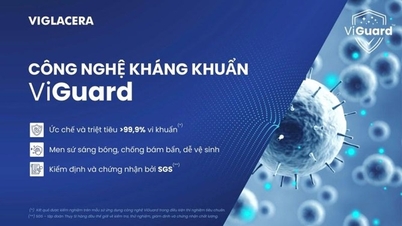




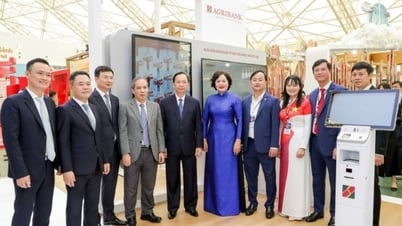



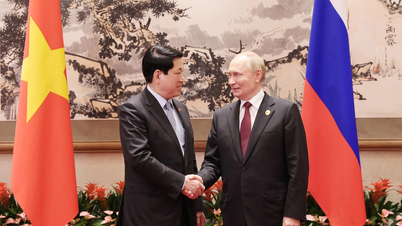





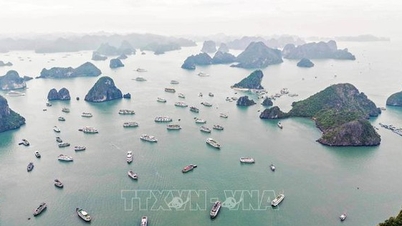


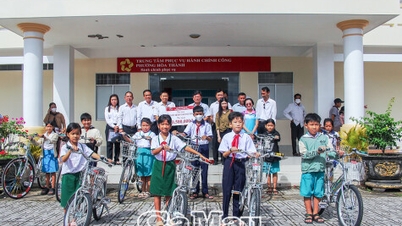









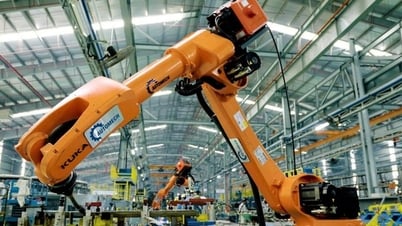




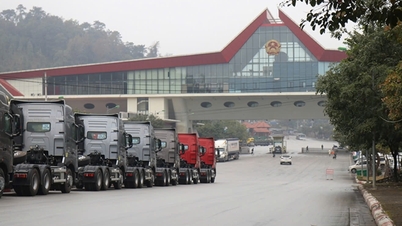









Comment (0)